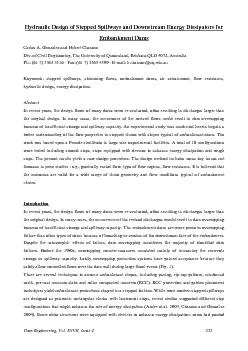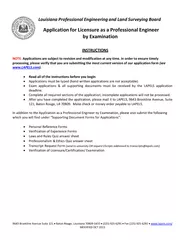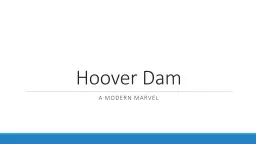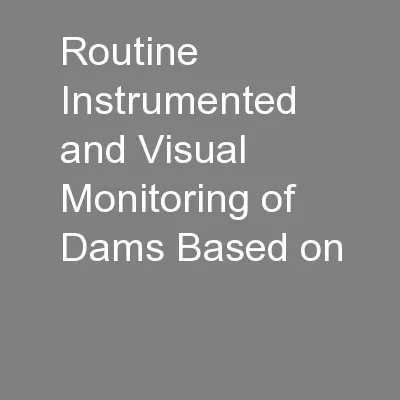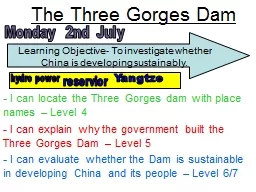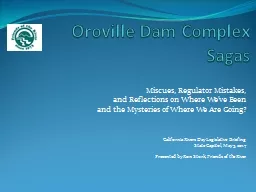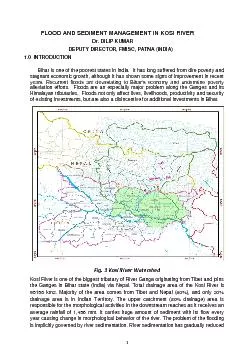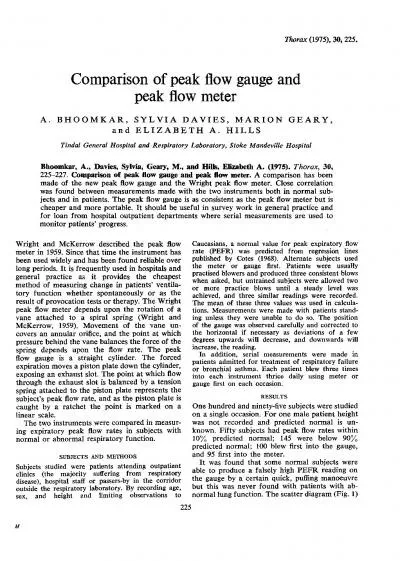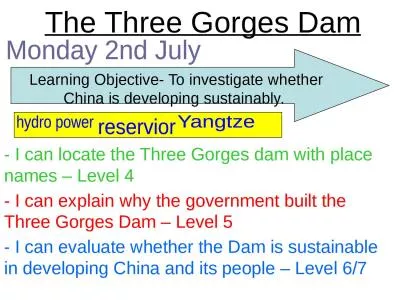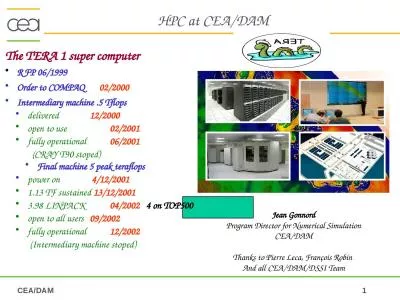PDF-225 Fig. 1 - Embankment dam stepped spillways (A) Stepped spillway of
Author : phoebe-click | Published Date : 2015-11-02
B Melton dam secondary spillway Australia For the last three geometries configurations 8 9 and 10 the step faces were covered with rough plastic squarepatterned
Presentation Embed Code
Download Presentation
Download Presentation The PPT/PDF document "225 Fig. 1 - Embankment dam stepped spil..." is the property of its rightful owner. Permission is granted to download and print the materials on this website for personal, non-commercial use only, and to display it on your personal computer provided you do not modify the materials and that you retain all copyright notices contained in the materials. By downloading content from our website, you accept the terms of this agreement.
225 Fig. 1 - Embankment dam stepped spillways (A) Stepped spillway of: Transcript
Download Rules Of Document
"225 Fig. 1 - Embankment dam stepped spillways (A) Stepped spillway of"The content belongs to its owner. You may download and print it for personal use, without modification, and keep all copyright notices. By downloading, you agree to these terms.
Related Documents

